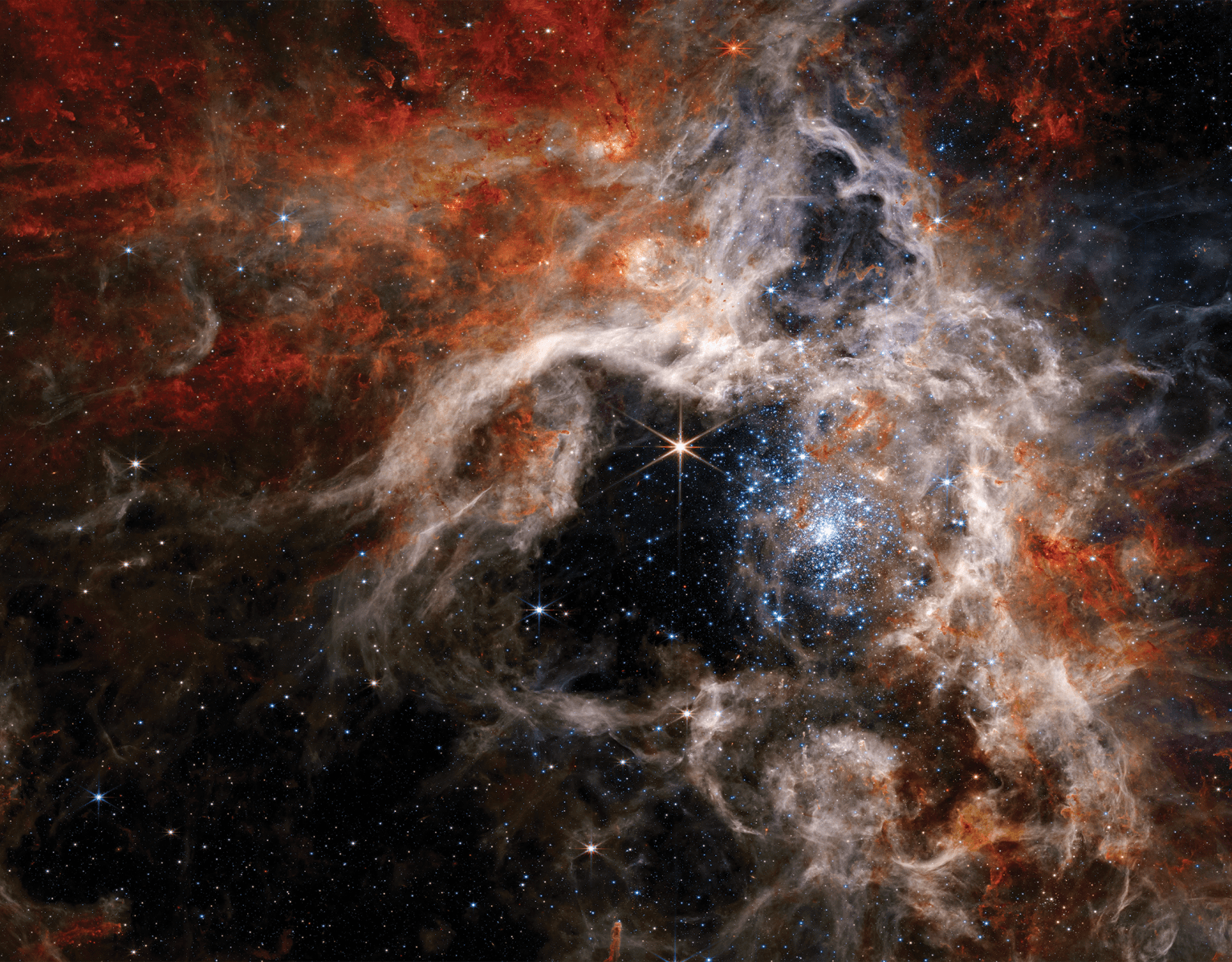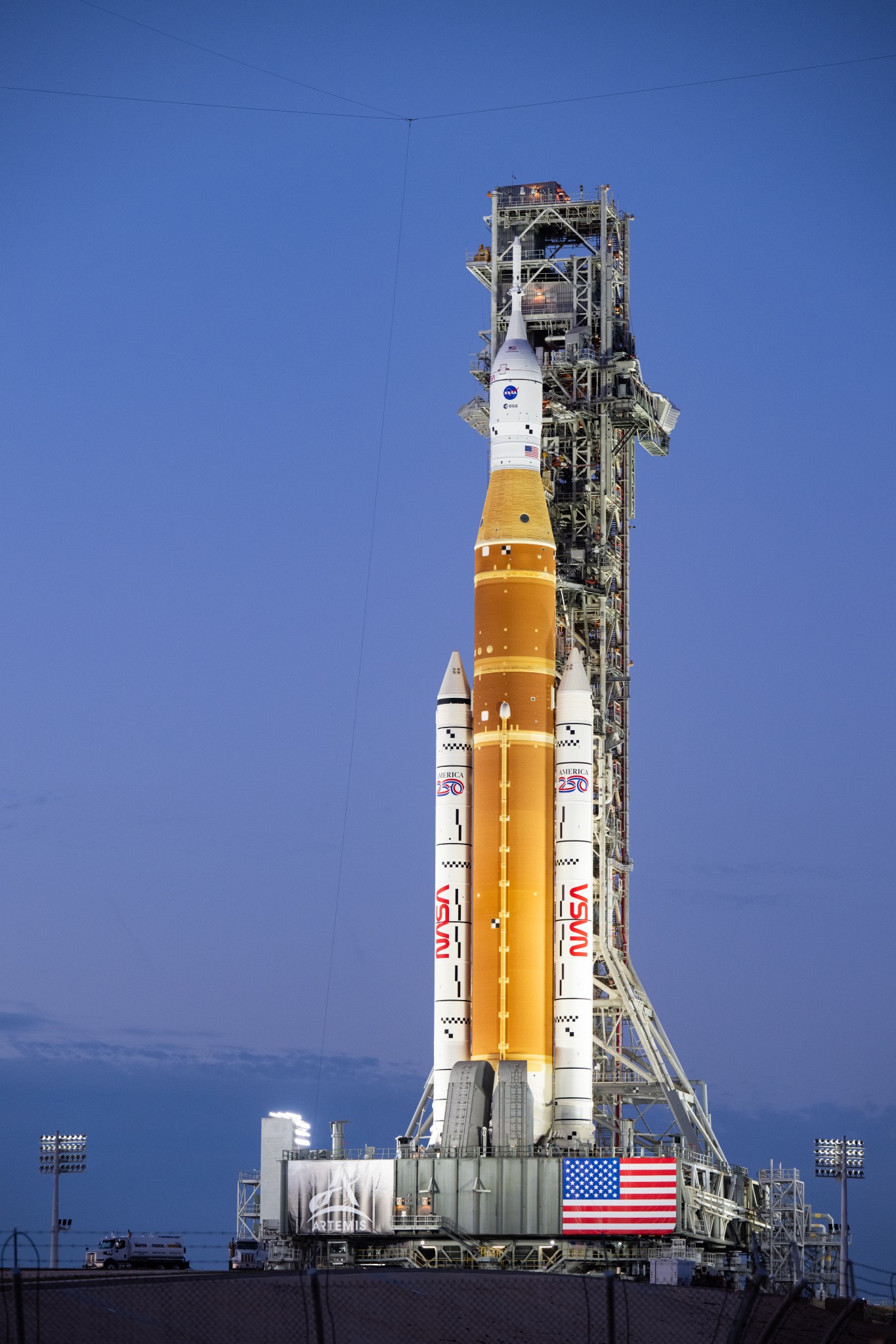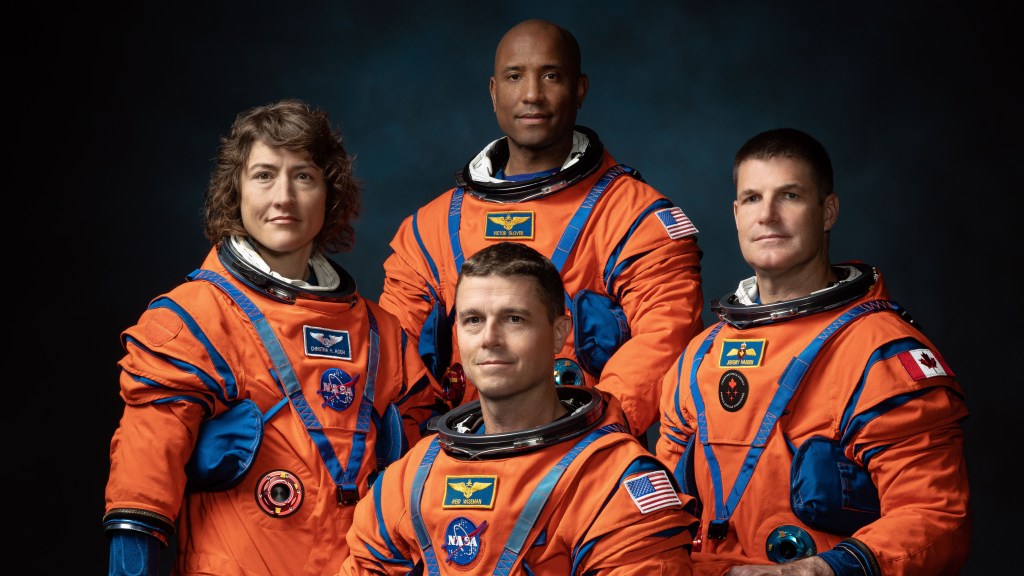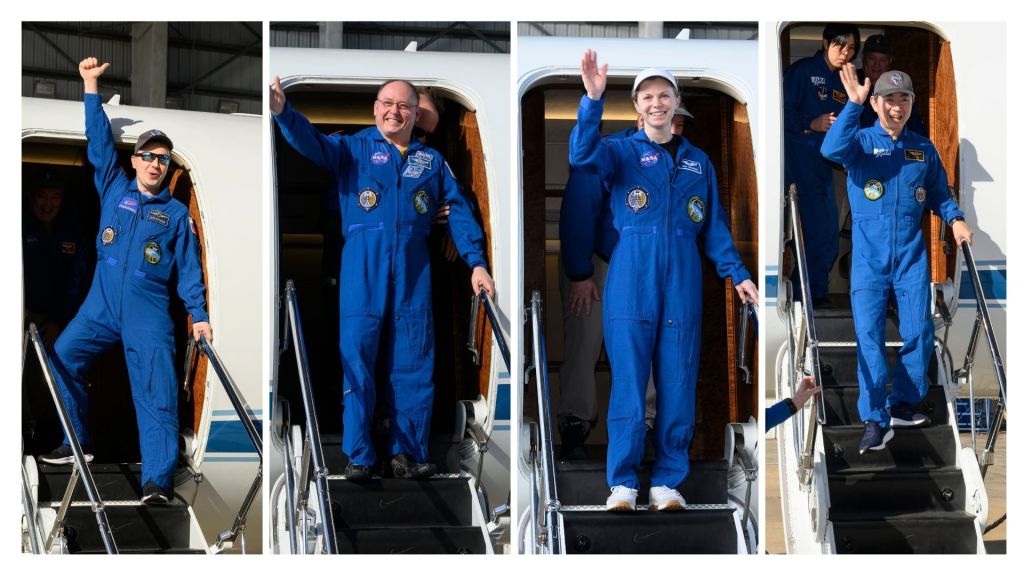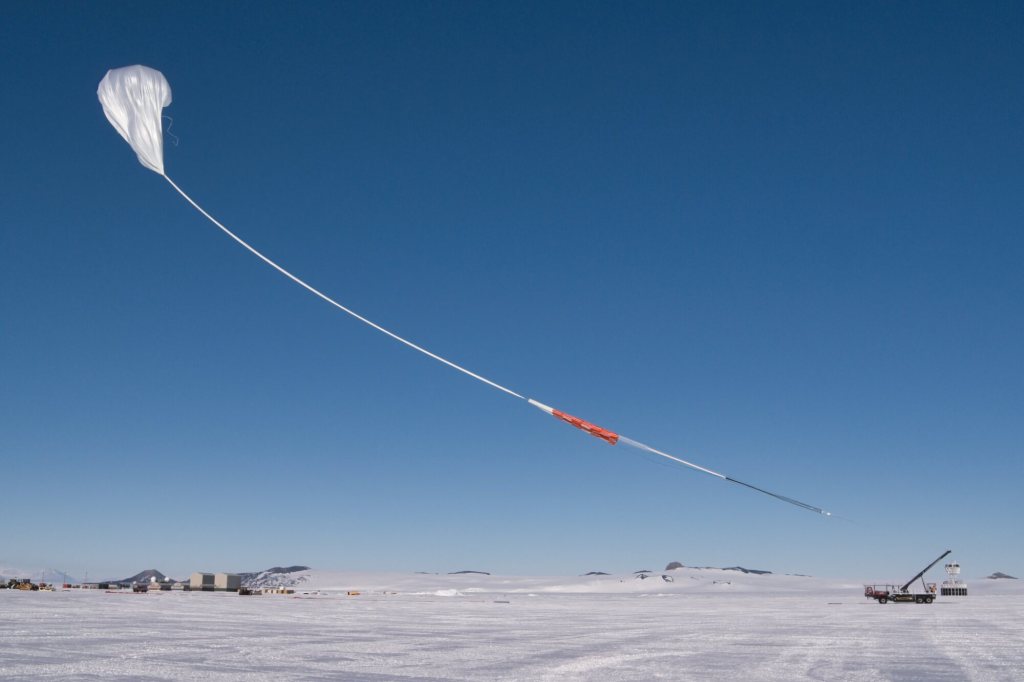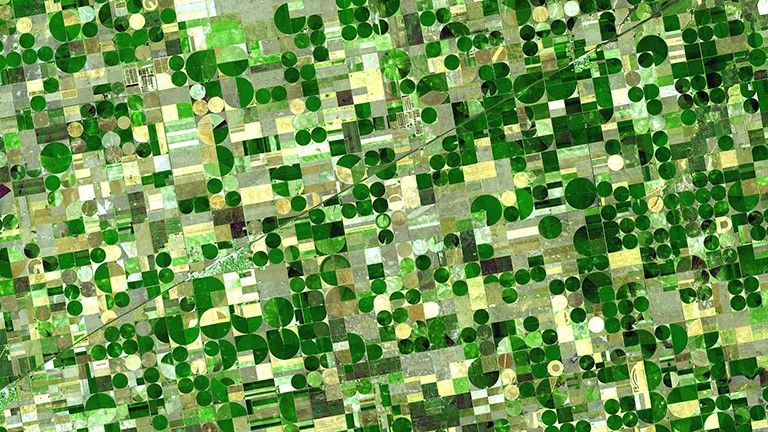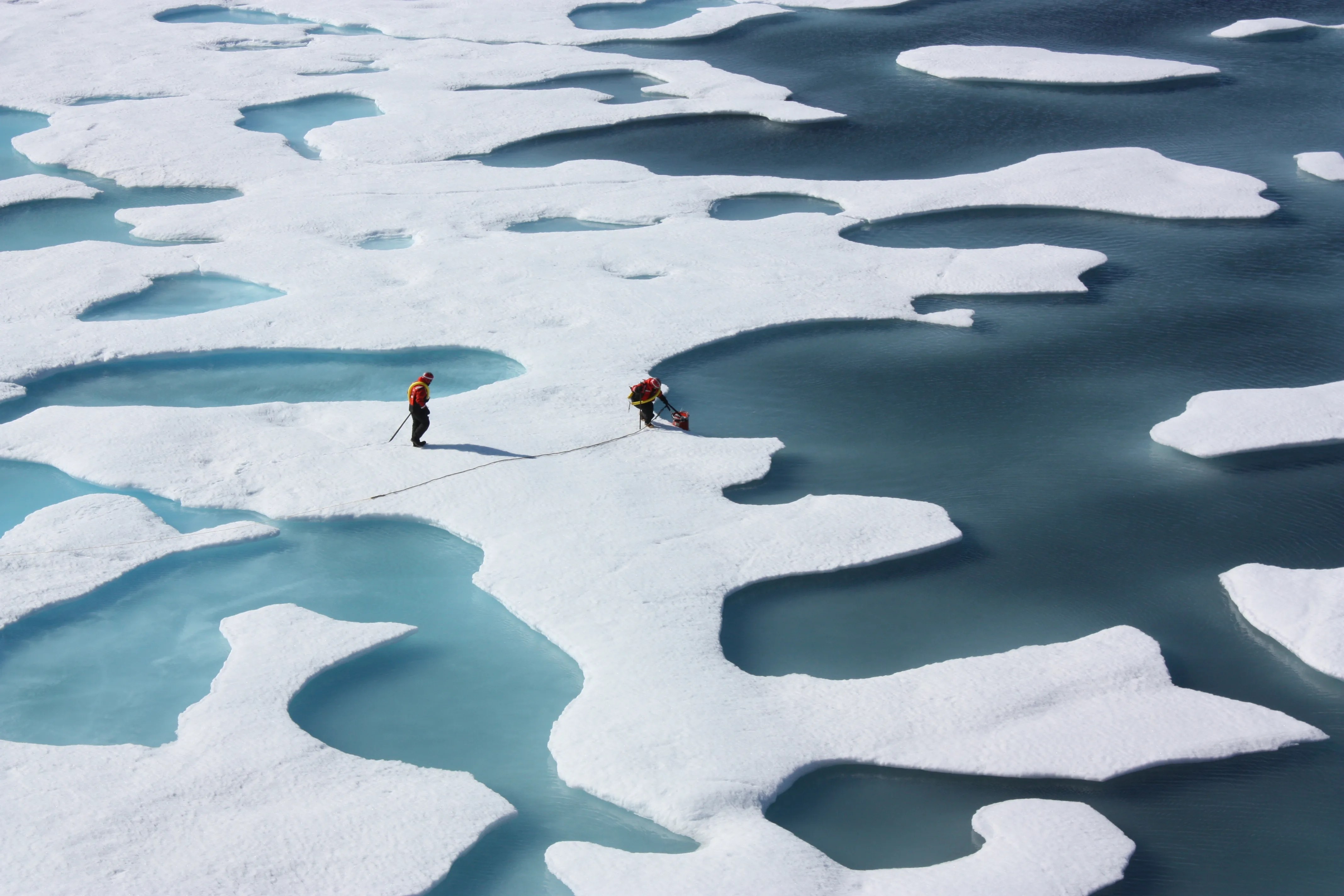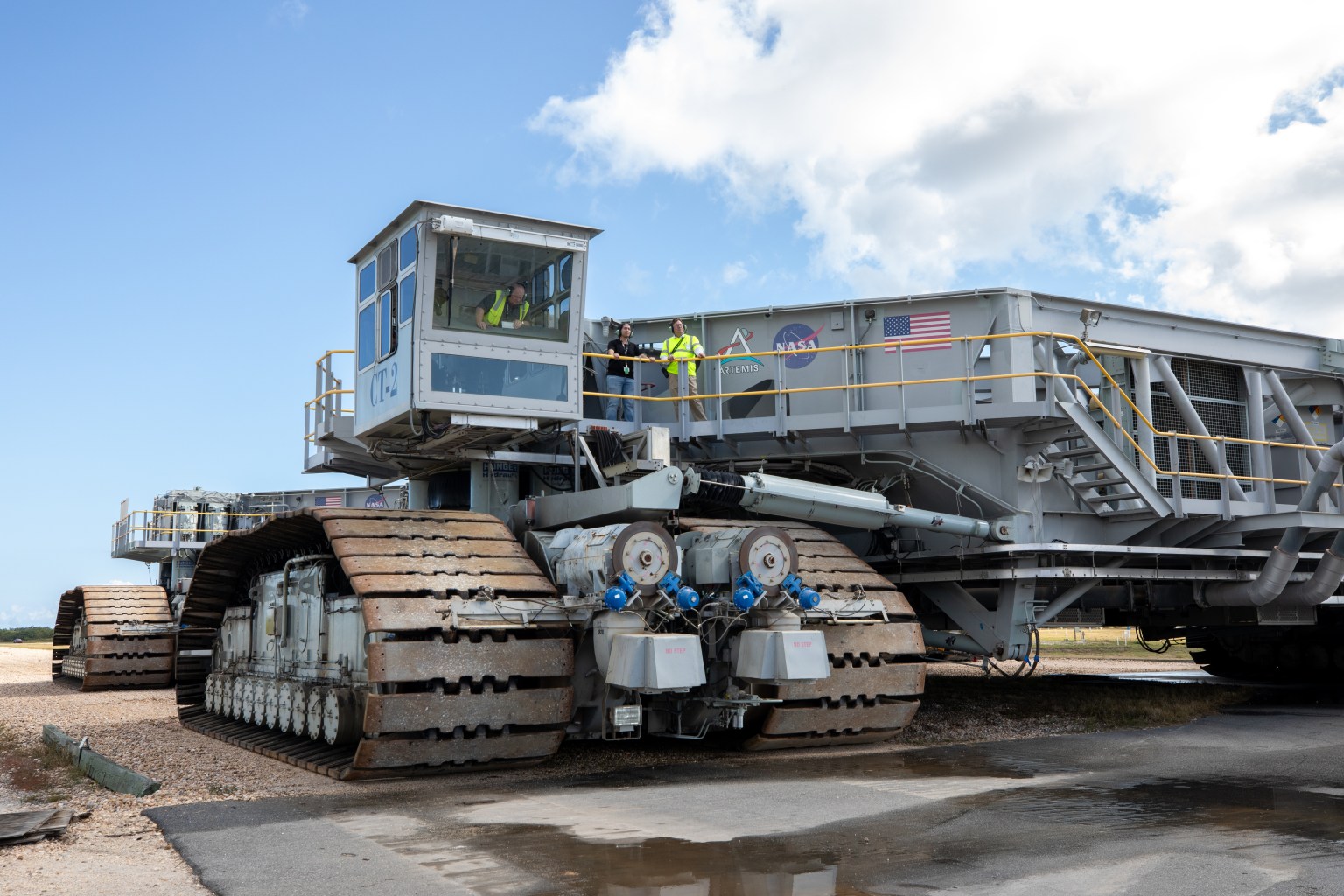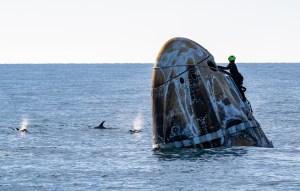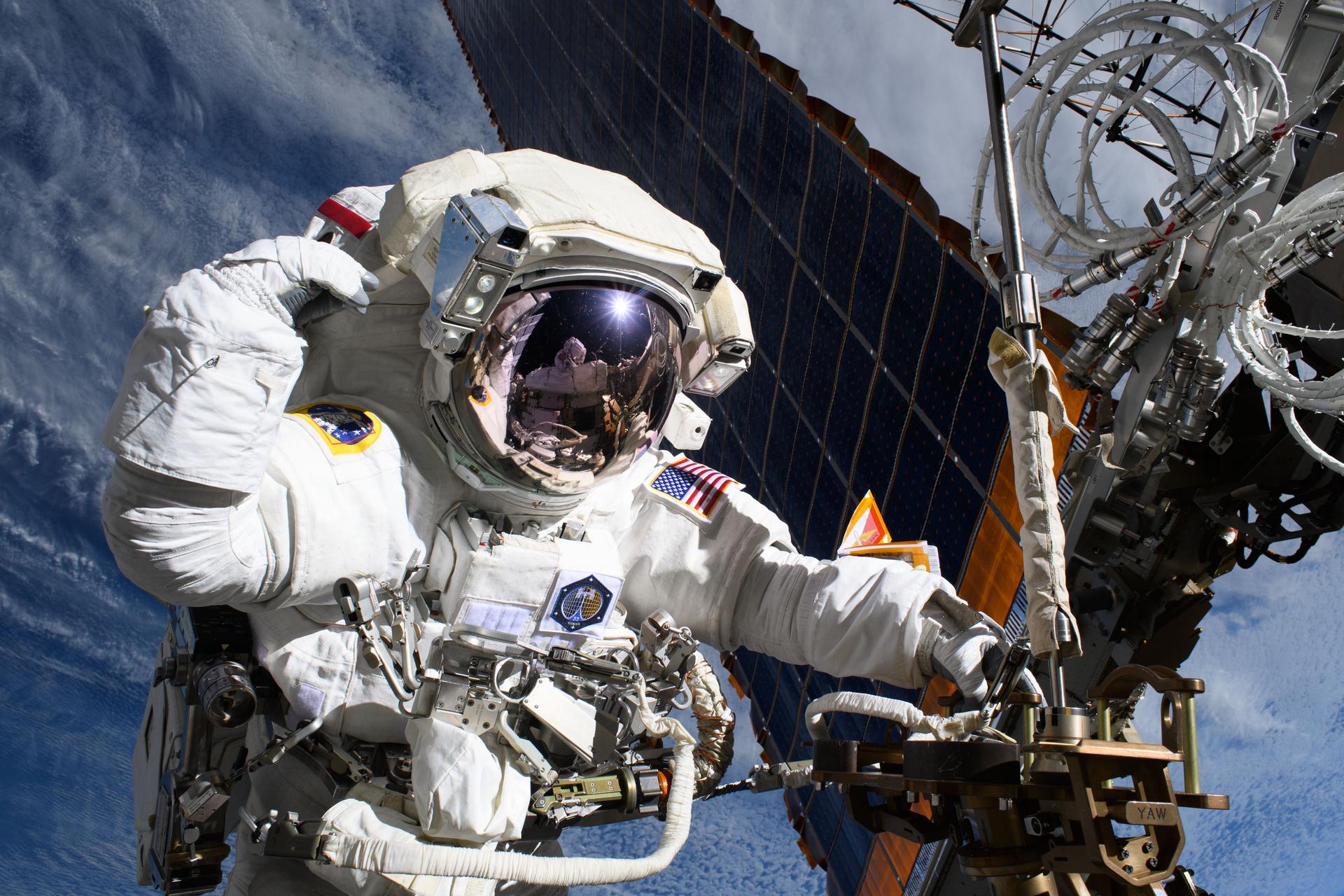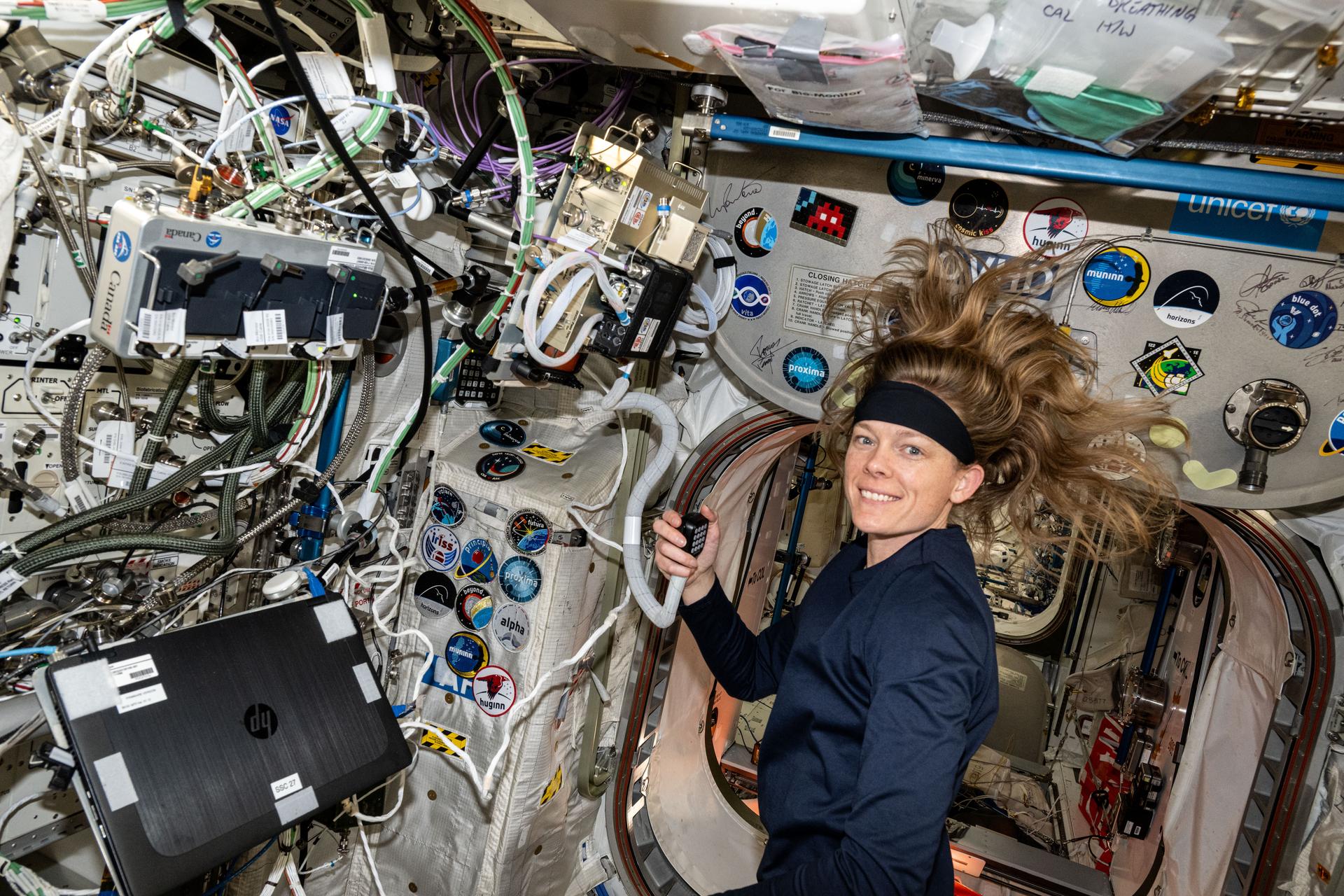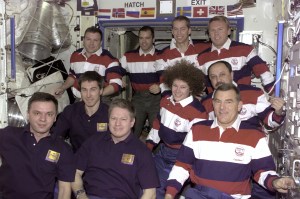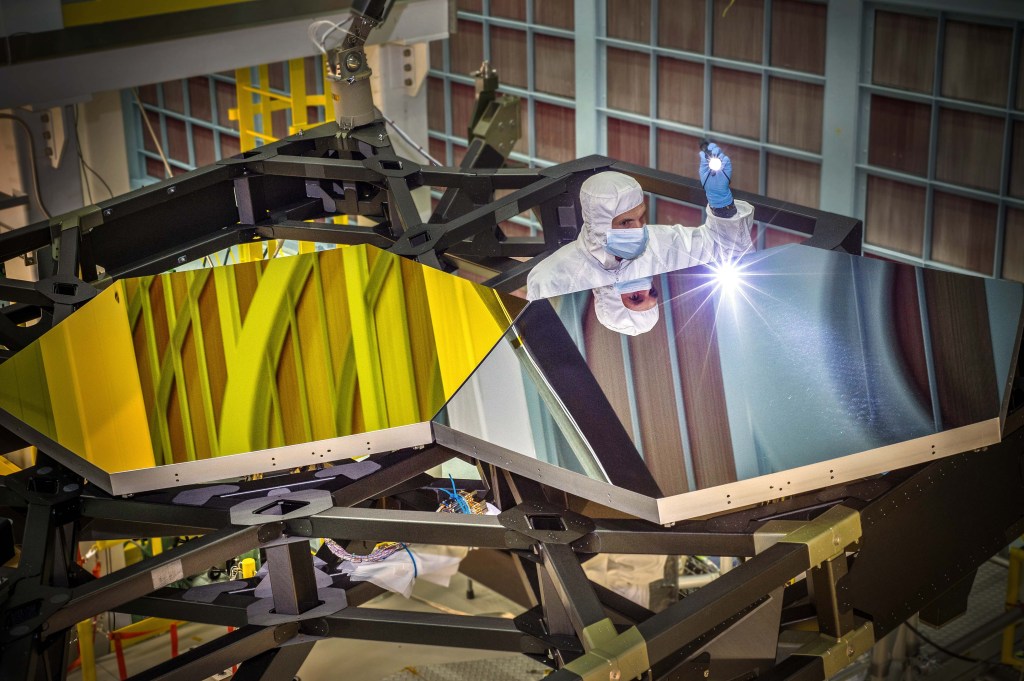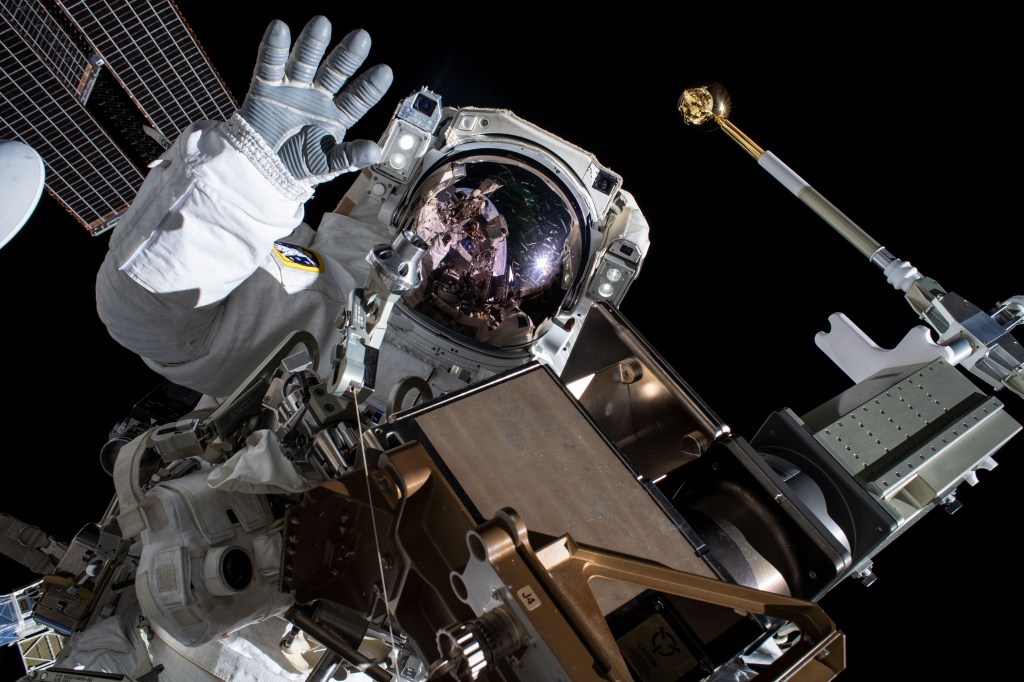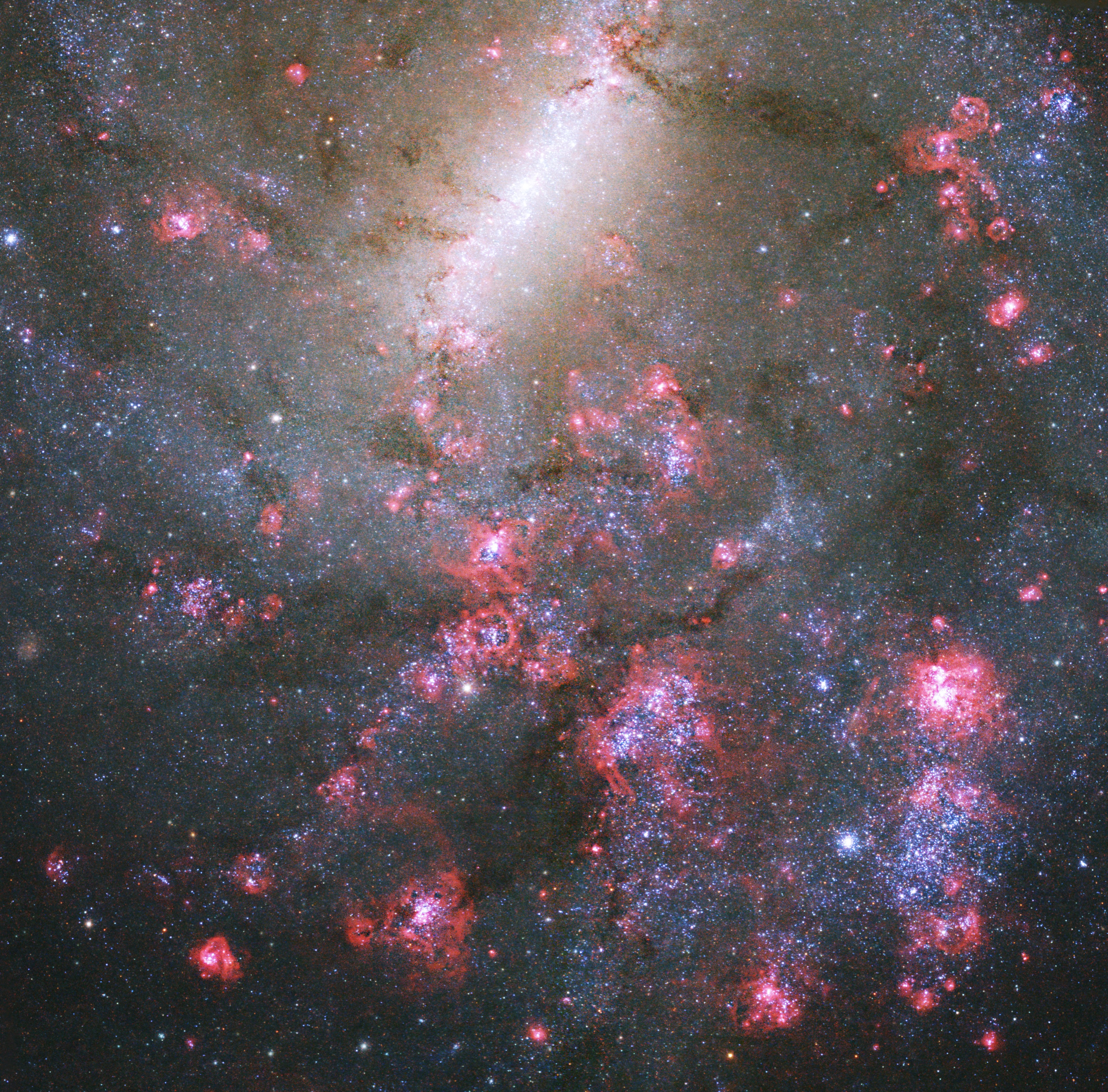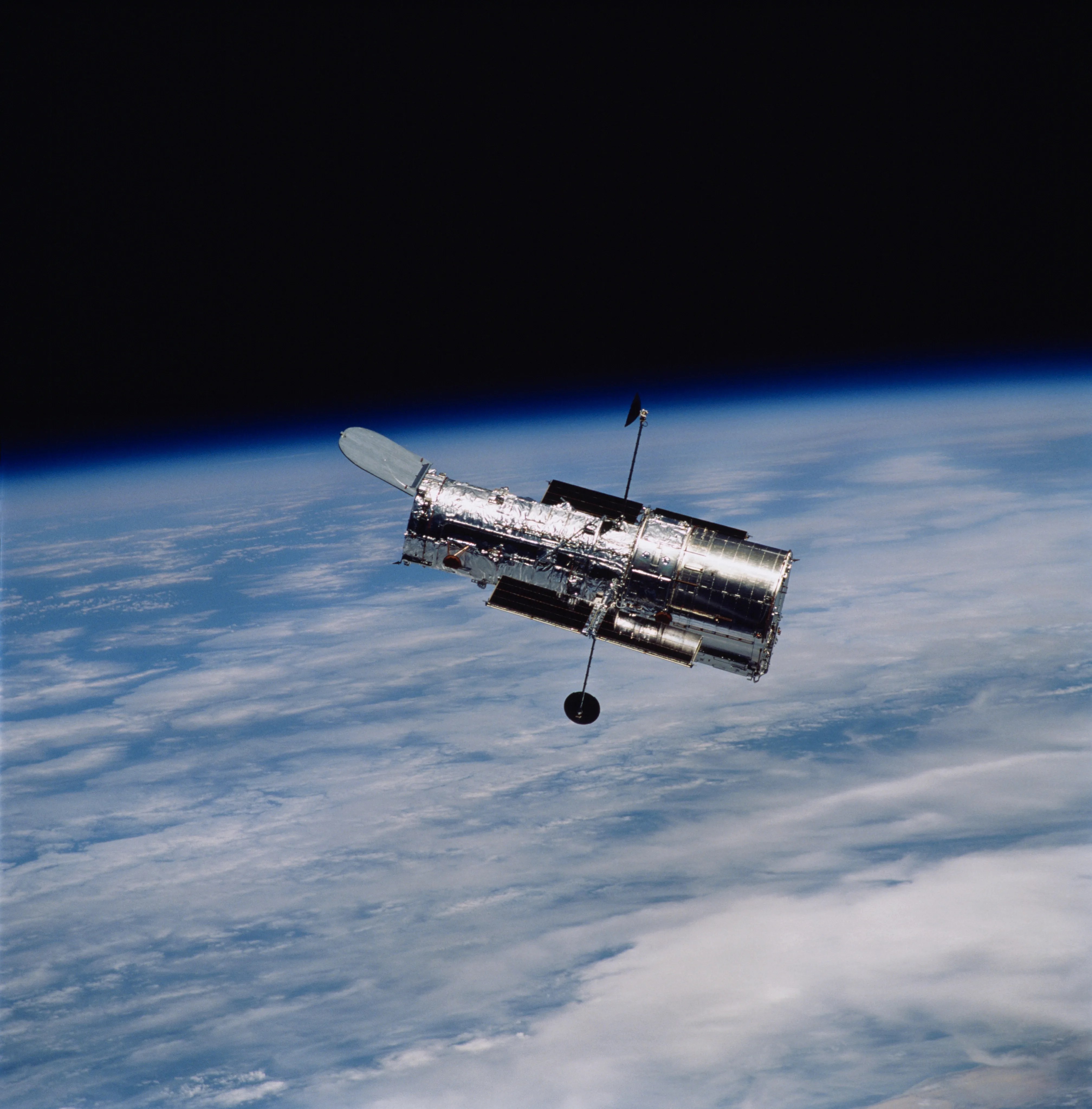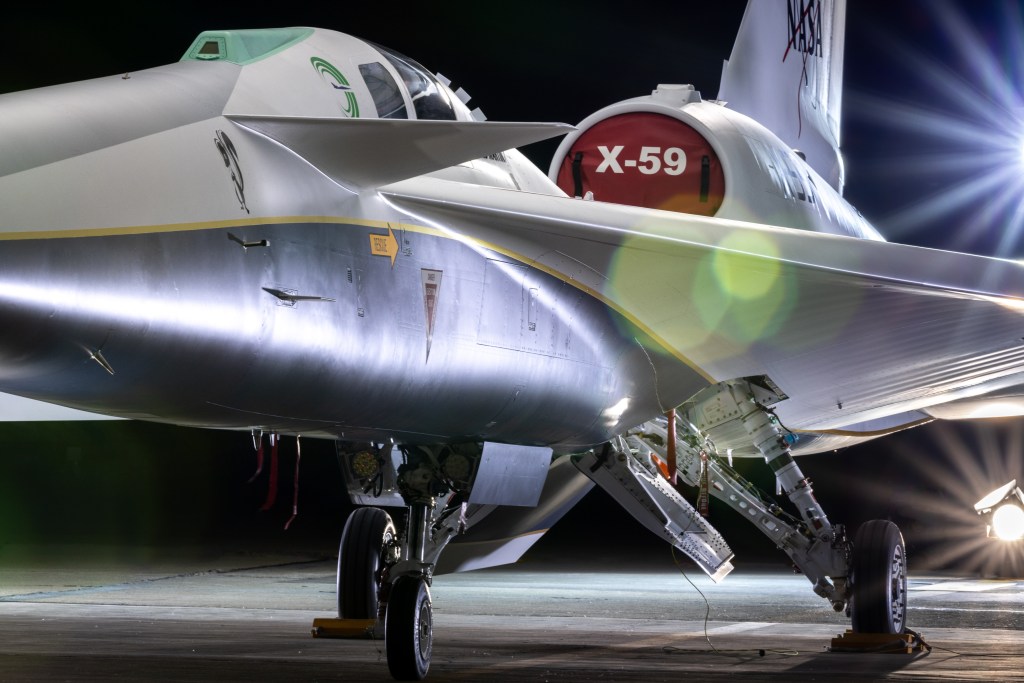Featured News

NASA Develops Blockchain Technology to Enhance Air Travel Safety and Security

Hubble Observes Ghostly Cloud Alive with Star Formation
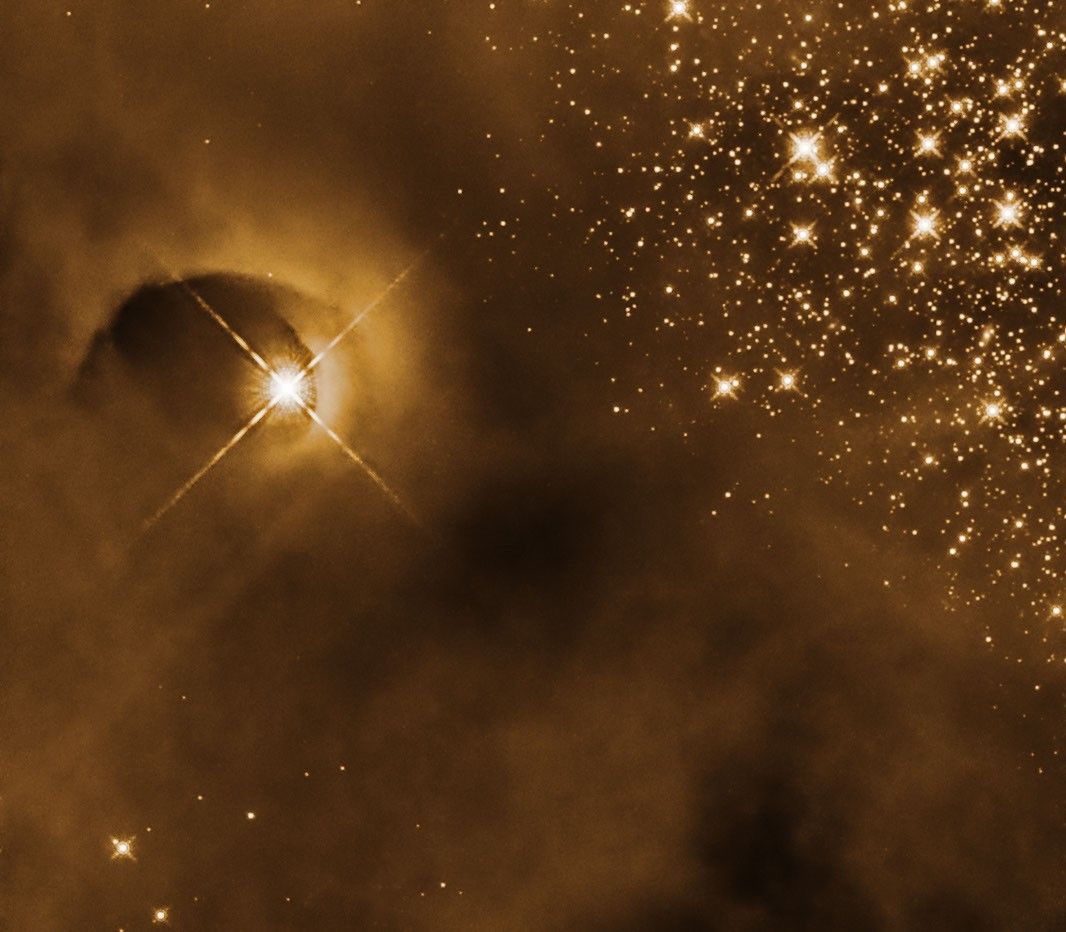
Hubble Observes Stars Flaring to Life in Orion
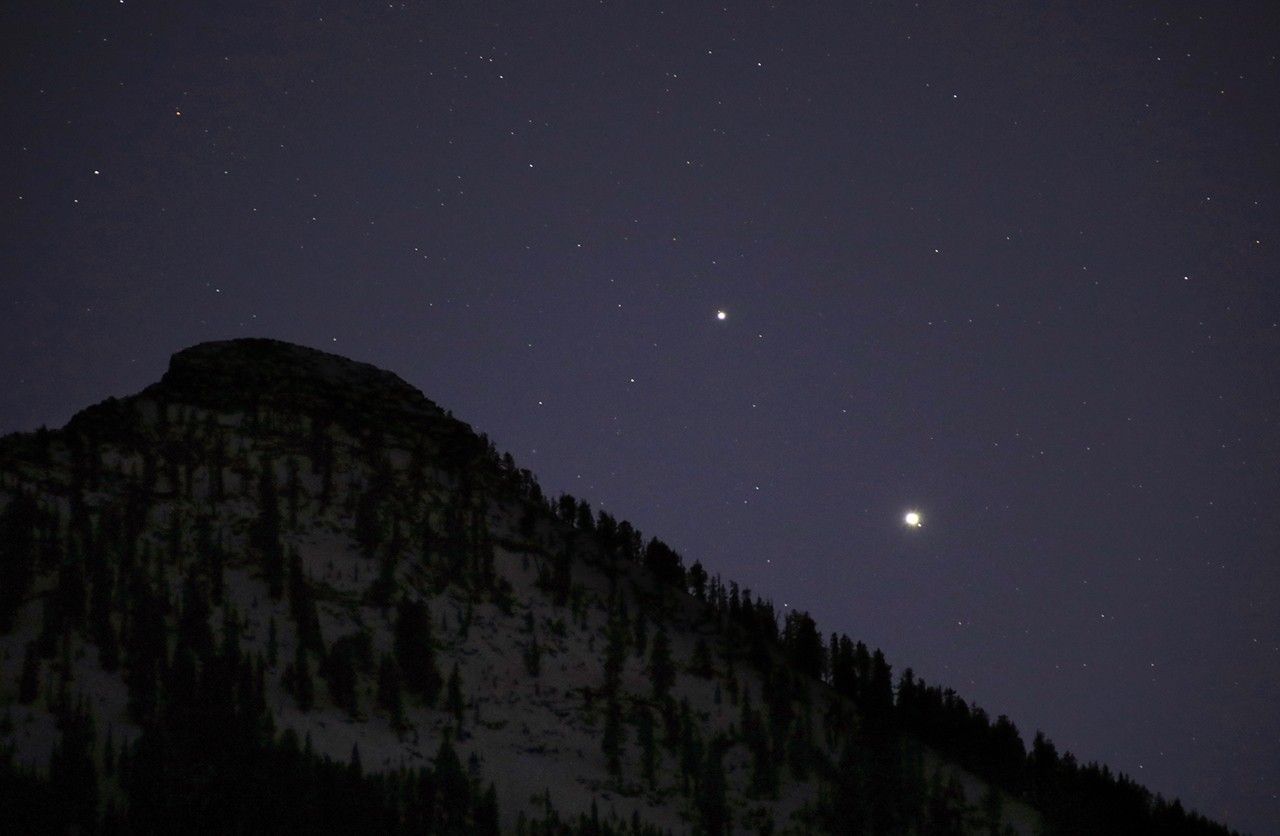
What’s Up: January 2026 Skywatching Tips from NASA
From Orbit to Oyster
When oyster farmer Luke Saindon went looking for a place to grow shellfish in Maine, he knew that picking the wrong patch of water could sink the farm before it began. So Saindon did something oyster farmers couldn’t have done a generation ago: He used NASA satellite data to view the coastline from space.
Landsat Satellite Data about From Orbit to Oyster
Earth—Our Home Planet
Today
Image Of The Day
NASA’s Crawler Preps for Artemis II Rollout
NASA’s crawler-transporter 2 moves toward the Vehicle Assembly Building at NASA’s Kennedy Space Center in Florida on Friday, Jan. 9, 2026. The crawler will transport NASA’s SLS (Space Launch System) rocket with the Orion spacecraft to Launch Complex 39B ahead of the Artemis II launch.
Image Galleries
Explore the Universe from your Inbox
Stay up-to-date on the latest news from NASA–from Earth to the Moon, the Solar System and beyond.
We will never share your email address.
